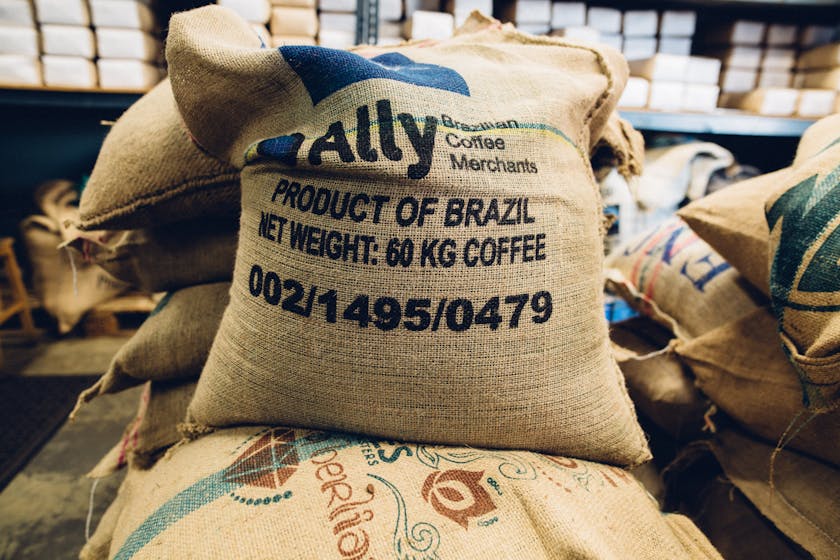Understanding the essentials of bulk meal storage for emergency preparedness is invaluable for ensuring your family’s safety and sustenance during unforeseen events. With once-a-month cooking, you can efficiently prepare and store meals that will last, minimizing stress and maximizing preparedness.
Why Opt for Bulk Meal Storage?
In times of emergencies, access to fresh food might be limited, making bulk meal storage an essential aspect of emergency preparedness. By preparing meals in bulk, you not only save time but also ensure that you have a stockpile of nutritious meals that can be quickly accessed when needed.
The Role of Once-a-Month Cooking in Emergency Preparedness
Once-a-month cooking involves dedicating one day to prepare a month’s worth of meals. This method is particularly effective for emergency preparedness as it allows for large quantities of food to be cooked, portioned, and stored at once. This approach not only saves time but also reduces the frequency of cooking, which is invaluable during power outages or when conserving fuel is a priority.
Choosing the Right Foods for Bulk Storage
When planning your once-a-month cooking, select foods that are non-perishable and have a long shelf life. Grains, beans, canned vegetables, and dried meats are excellent choices. Additionally, consider meals that freeze well, such as casseroles, soups, and stews.
Selecting Containers for Long-Term Storage
Proper storage is crucial for maintaining the quality and safety of your bulk-prepared meals. Use airtight containers that are freezer-safe and BPA-free to prevent freezer burn and contamination. Remember to label each container with the meal type and date of preparation.
Temperature Management and Food Safety
Maintaining the correct temperature of your stored meals is vital for food safety. Your freezer should be kept at 0°F (-18°C) or lower to ensure that the meals remain safe for consumption over an extended period.
Thawing and Reheating Best Practices
When it’s time to use your stored meals, thaw them safely in the refrigerator, under cold water, or in the microwave. To reheat, ensure that the meal reaches an internal temperature of 165°F (74°C), which kills any potential bacteria.
Organizing Your Bulk Meal Storage
Organization is key to maximizing space and maintaining an efficient system for your bulk meal storage. Group meals by type and use date, rotating your stock to use the oldest meals first. This practice, known as “first in, first out,” helps prevent waste and ensures that your meals remain fresh and safe for consumption.
Incorporating Variety into Your Meal Planning
Diversity in your meal planning is important to prevent palate fatigue. Include a range of meal types and flavors in your once-a-month cooking to keep things interesting and ensure a variety of nutrients.
Regular Inventory Checks
Periodically check your inventory to monitor what you have on hand and what might need to be used soon. This will help in adjusting your cooking plan accordingly and prevent waste.
Final Thoughts on Bulk Meal Storage for Emergency Preparedness
With careful planning and the right strategies, bulk meal storage can be a straightforward and effective component of your emergency preparedness plan. Once-a-month cooking not only helps in managing resources efficiently but also provides peace of mind knowing that you are well-prepared for any emergency situation.



